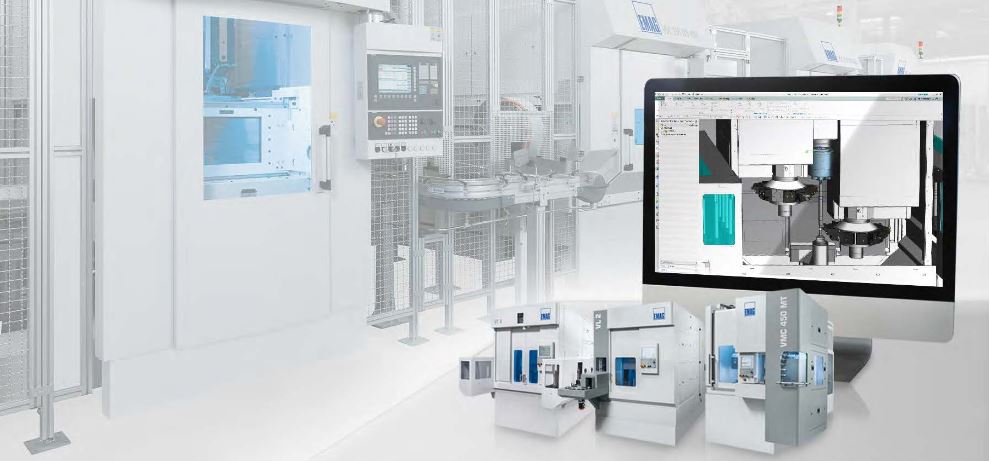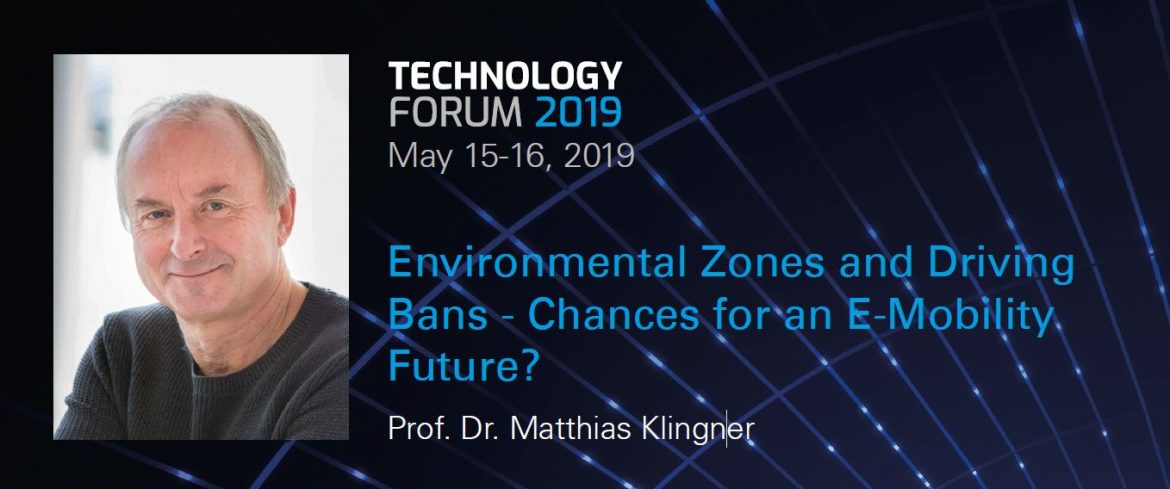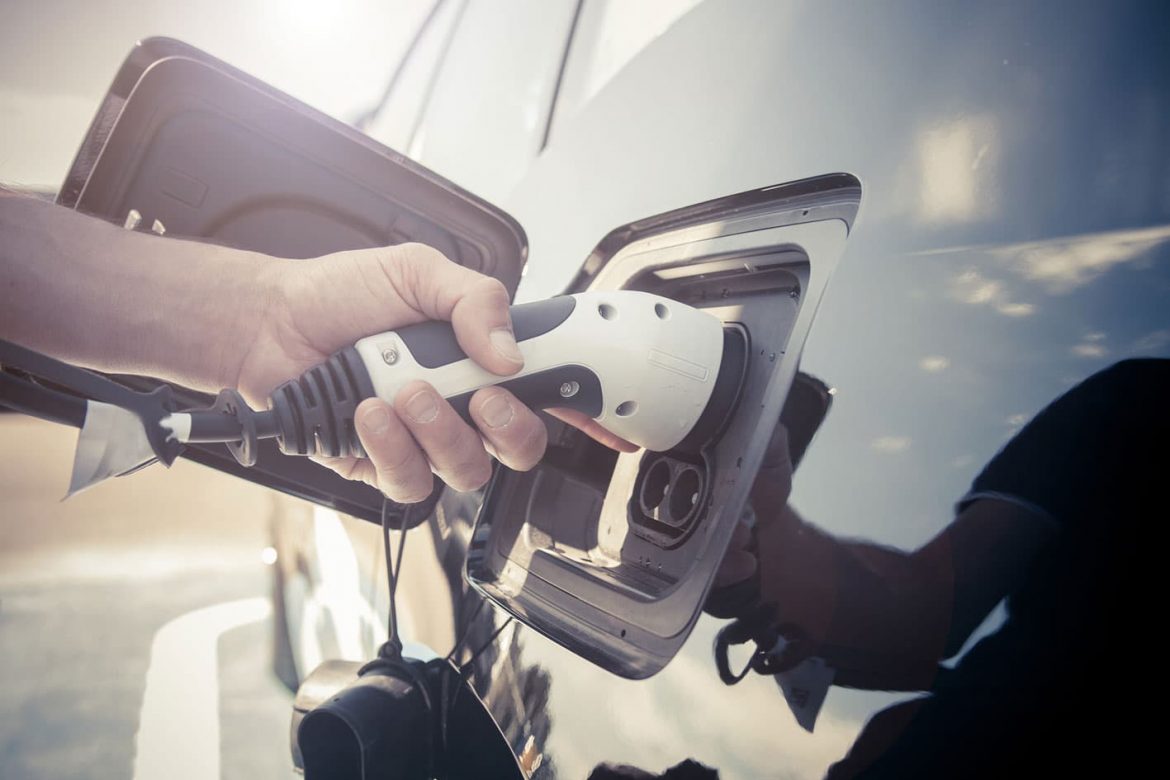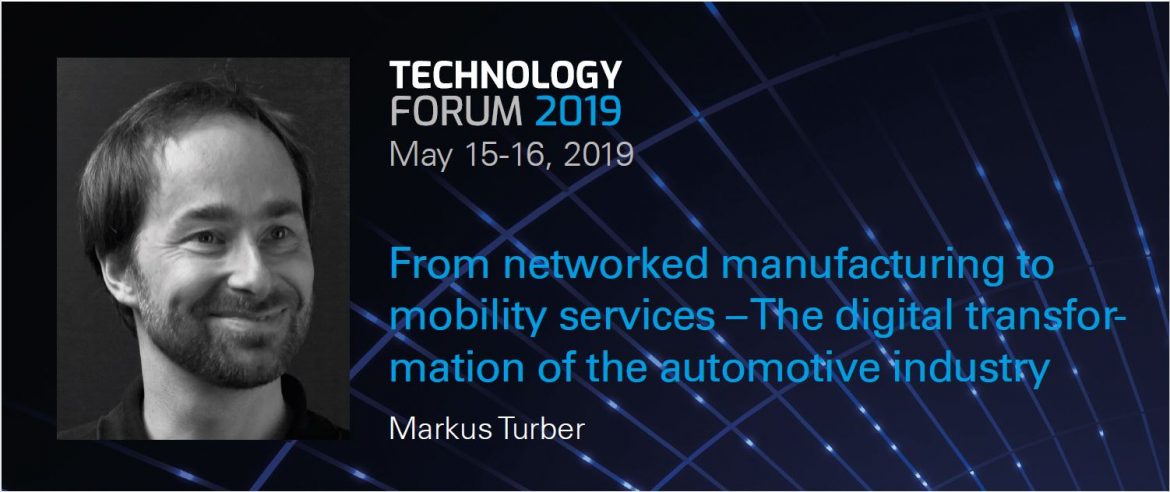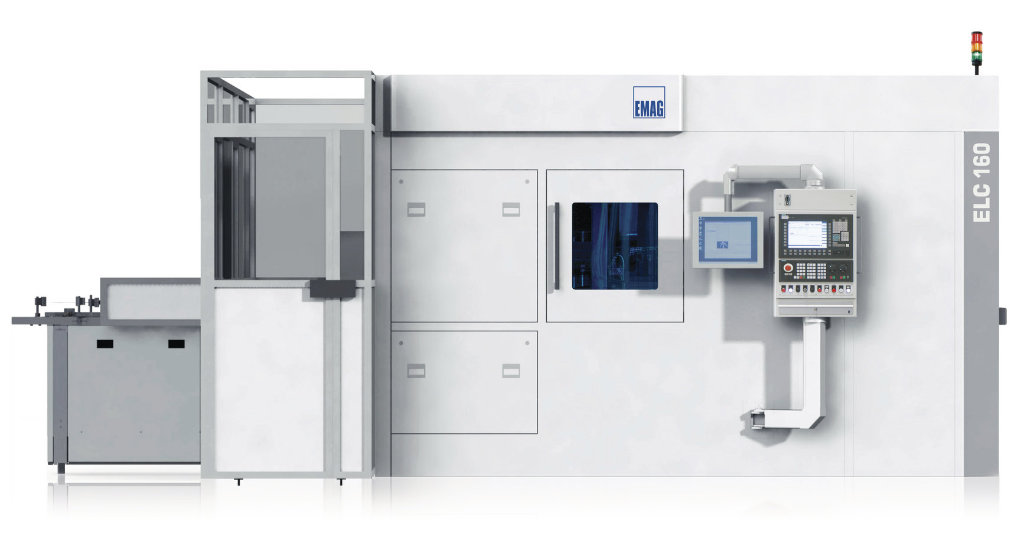The German Federal Ministry of Economics says that small and medium-sized enterprises (SMEs) are “driving economic success”—an assessment confirmed by a variety of research. The fact that innovative businesses, like EMAG, play a central role in this “driving force” is reflected “Axia Best Managed Company” award EMAG recently received.
Technologies
Presentations at the EMAG Group’s 2019 Technology Forum
Part 3: Tomorrow’s Mobility—Connected Cars
A guest presentation by Prof. Stefan Bratzel, Center of Automotive Management
Over the next few weeks, this multi-part series will be detailing the contributions of our guest speakers at the EMAG Group’s Technology Forum, to be held on May 15 and 16 in Salach, Germany.
In this blog, we’d like to present the contribution made by Prof. Stefan Bratzel, Director of the Center of Automotive Management (CAM). The CAM is an independent scientific institute for empirical automotive and mobility research, as well as, for strategic advice at the FHDW (university of applied sciences) in Bergisch Gladbach, Germany. The institute’s research mainly focuses on questions for the future, such as e-mobility, networked vehicles, mobility services and autonomous driving. In addition, the Center of Automotive Management jointly awards the yearly AutomotiveINNOVATIONS Award together with PricewaterhouseCoopers (PwC) and thus rewards the year’s most innovative car manufacturer and supplier. The AutomotiveINNOVATIONS study identifies the future trends of automotive groups based on the CAM database of technical innovations in the automotive field.
Presentations at the EMAG Group’s 2019 Technology Forum
Part 4: Low-Emission Zones and Diesel Bans—Opportunities for an E-Mobile Future?
A guest presentation given by Prof. Matthias Klingner, Head of the Fraunhofer Institute for Transportation and Infrastructure Systems
Over the next few weeks, this multi-part series will be going into detail about the contributions of our guest speakers at the EMAG Group’s Technology Forum, to be held on May 15 and 16 in Salach, Germany.
In this blog, we’d like to present information about the contribution to be made by Prof. Matthias Klingner, Head of the Fraunhofer Institute for Transportation and Infrastructure Systems (IVI). The Fraunhofer IVI in Dresden, Germany, conducts research in the fields of vehicle and drive technology, as well as intelligent transport systems all the way to the areas of materials planning and logistics. The institute has also contributed to the development of the German mobile ticketing system, HandyTicket Deutschland, and has shown how e-mobility can be implemented in a meaningful way in public transportation with AutoTram® Extra Grand and the quick-charging electric bus.
One aspect that is often left out of the discussions about e-mobility is the corresponding transformation in car production: Planners must establish new solutions that enable efficient and holistic manufacturing of “e-components” in significantly higher unit volumes. EMAG Systems is prepared for this!
Presentations at the EMAG Group’s 2019 Technology Forum
Part 2: From Networked Production to Mobility Services – The Digital Transformation of the Automotive Industry
A presentation by Markus Turber, Managing Director of Intuity Media Lab GmbH
Over the next few weeks, this multi-part series will be exploring the exciting contributions of our guest speakers at the EMAG Group’s Technology Forum, to be held on May 15 and 16 in Salach, Germany.
In this second part, we’d like to highlight our interview with Markus Turber, Managing Director of Intuity Media Lab.
Discussions at the EMAG Group’s 2019 Technology Forum
Part 1: How Machine Tool Builders, Big Data and Digital Twin Users Benefit
A guest presentation by Prof. Michael F. Zäh from the Technical University of Munich
Over the next few weeks, this four-part series will explore the contributions of the guest speakers we have presenting at the EMAG Group’s Technology Forum, which will be held on May 15 and 16 in Salach, Germany.
In this first edition, we’d like to introduce you to the contribution by Prof. Zäh from the Technical University of Munich. Prof. Zäh has held the Machine Tools and Manufacturing Technology chair at the Technical University of Munich since 2002.
The digital and electric transformation is coming to the automotive industry—and it’s coming fast. How should manufacturing companies prepare for this? And which production solutions are most geared towards the future? Renowned experts will provide answers to these questions, and more, at the 2019 EMAG Technology Forum to be held on May 15 and 16 in Salach, Germany. Participants can expect an innovative event format that allows plenty of time for practical application examples.
The EMAG Technology Forum will take place in Salach on May 15 and 16, 2019
EMAG employs more than 3,000 people worldwide. In addition to the modern production facilities in Jintan and Zerbst, the heart of our company resides at our German technology sites.
EMAG laser technology has become essential in the production of modern transmission components – the ELC machines (EMAG Laser Cell) enables effective lightweight car construction with lower component costs. The laser specialists from EMAG based in Heubach, near Stuttgart, have changed their name to “EMAG LaserTec”. What’s the reason for the change? – An interview with EMAG LaserTec Managing Director Andreas Mootz about growing success, new technologies and promising applications explains.
